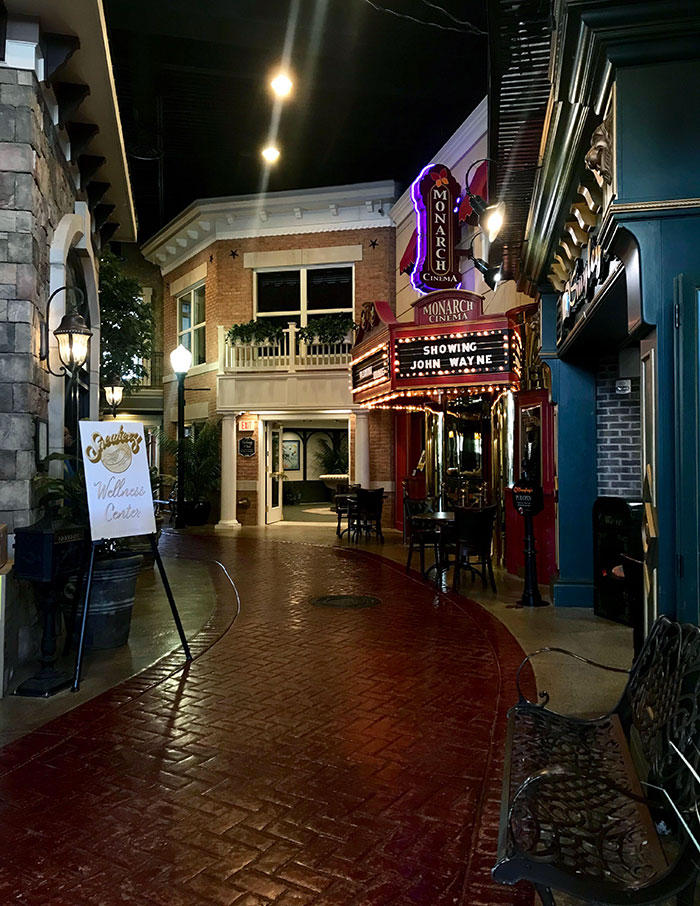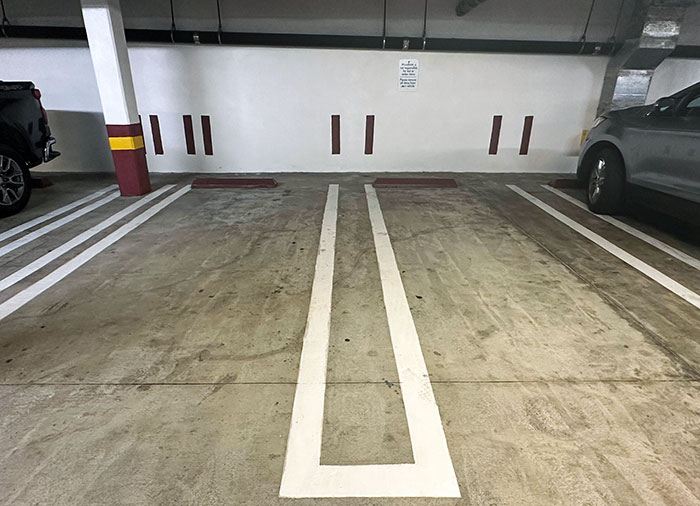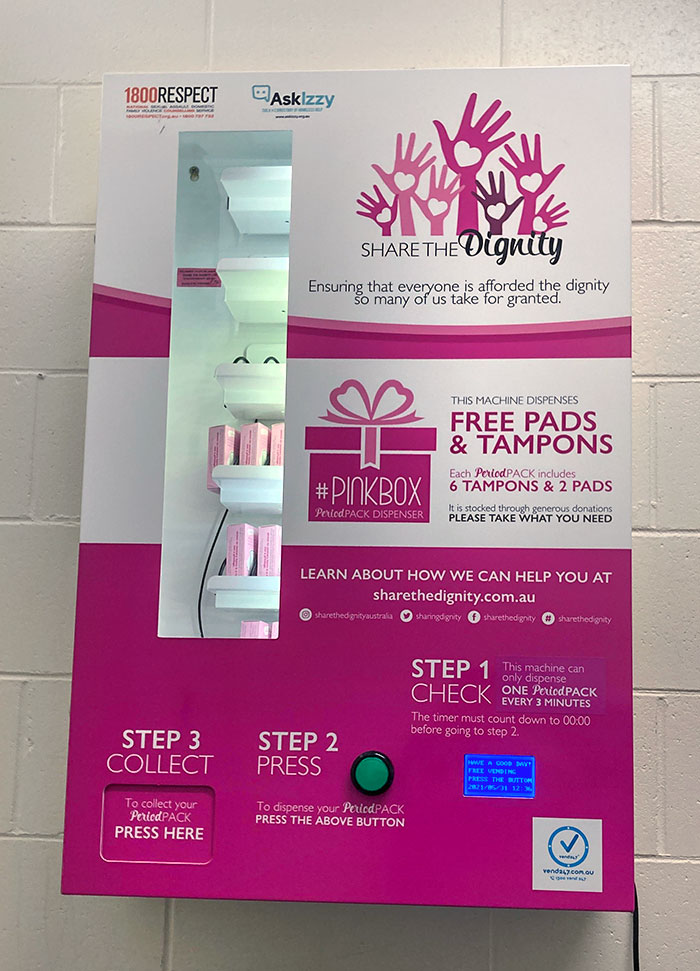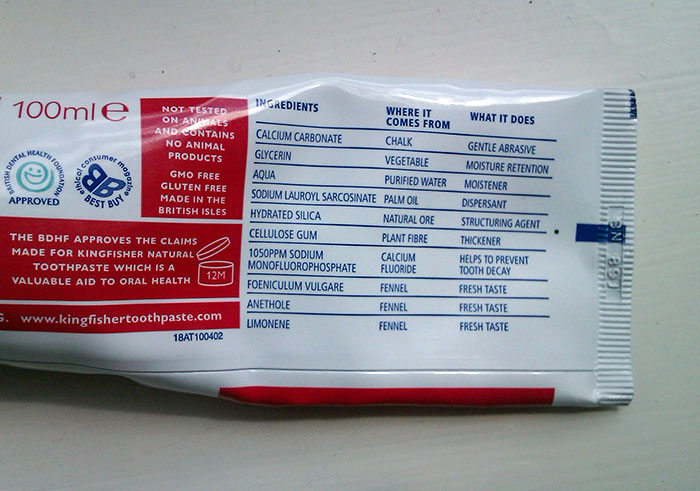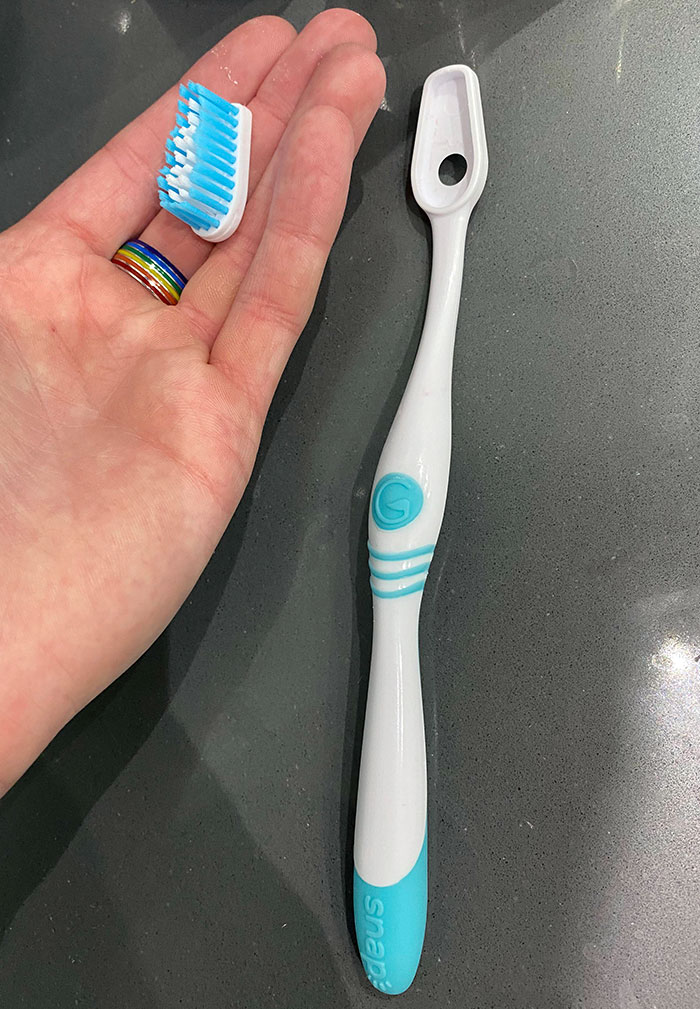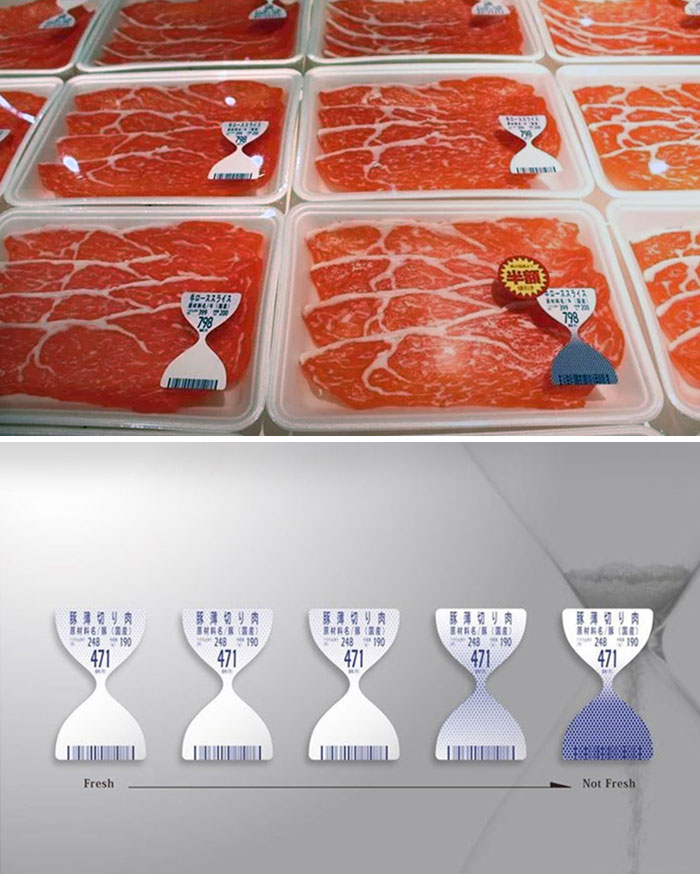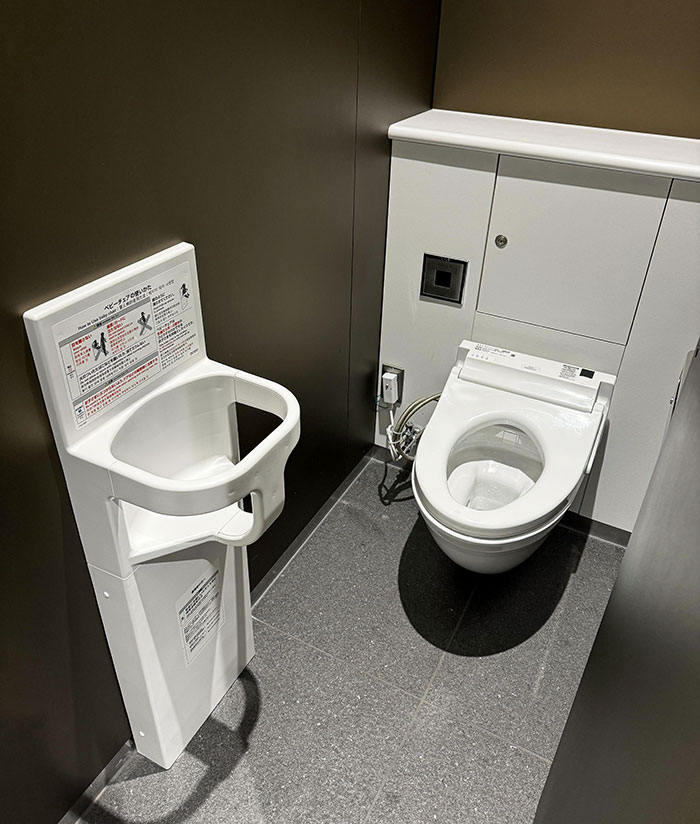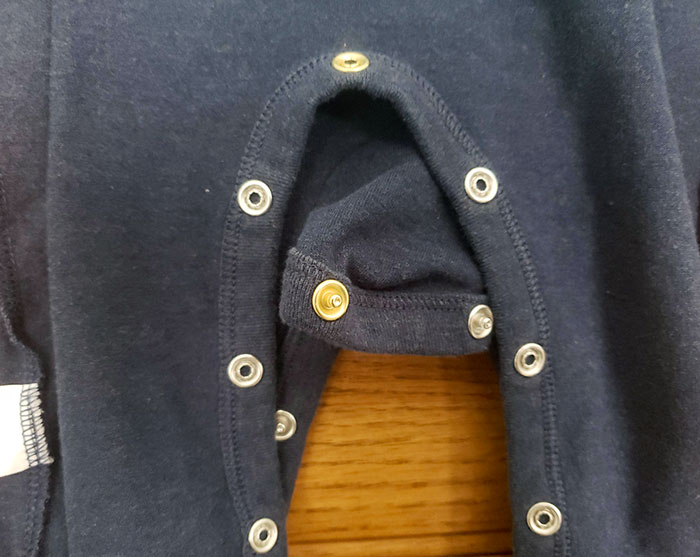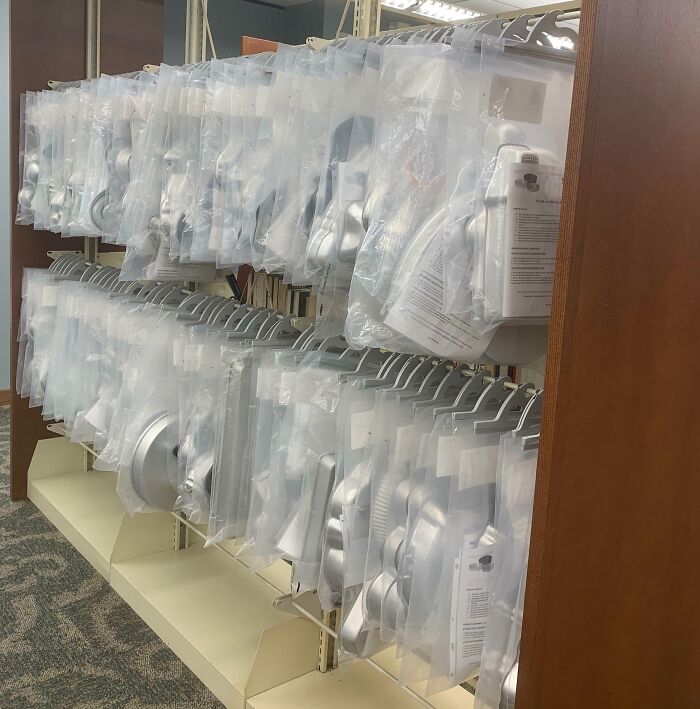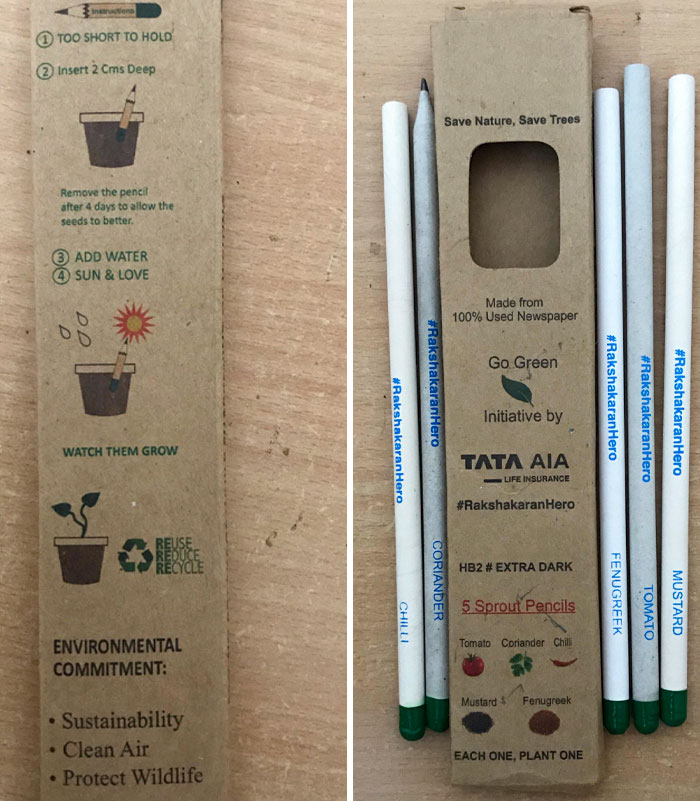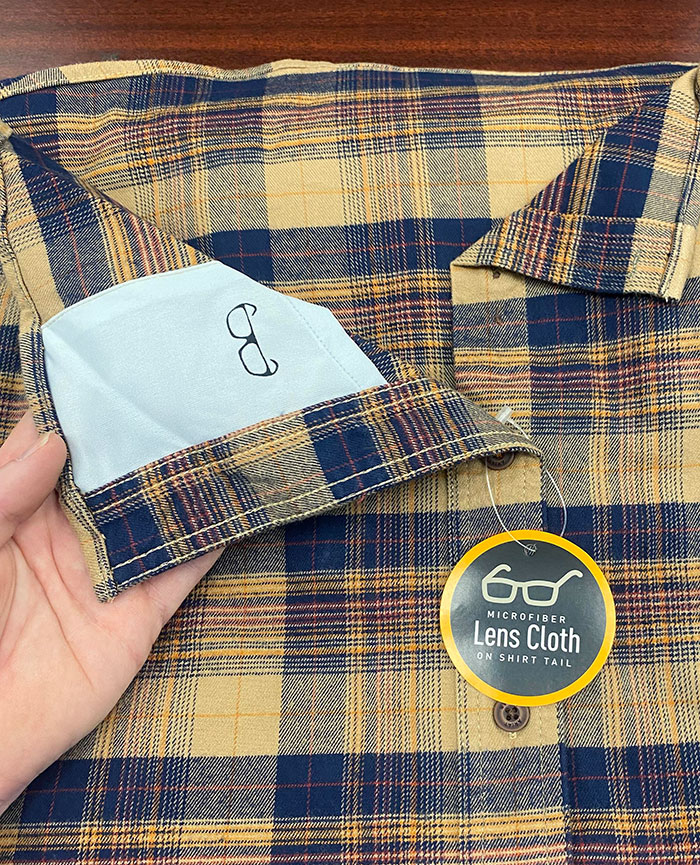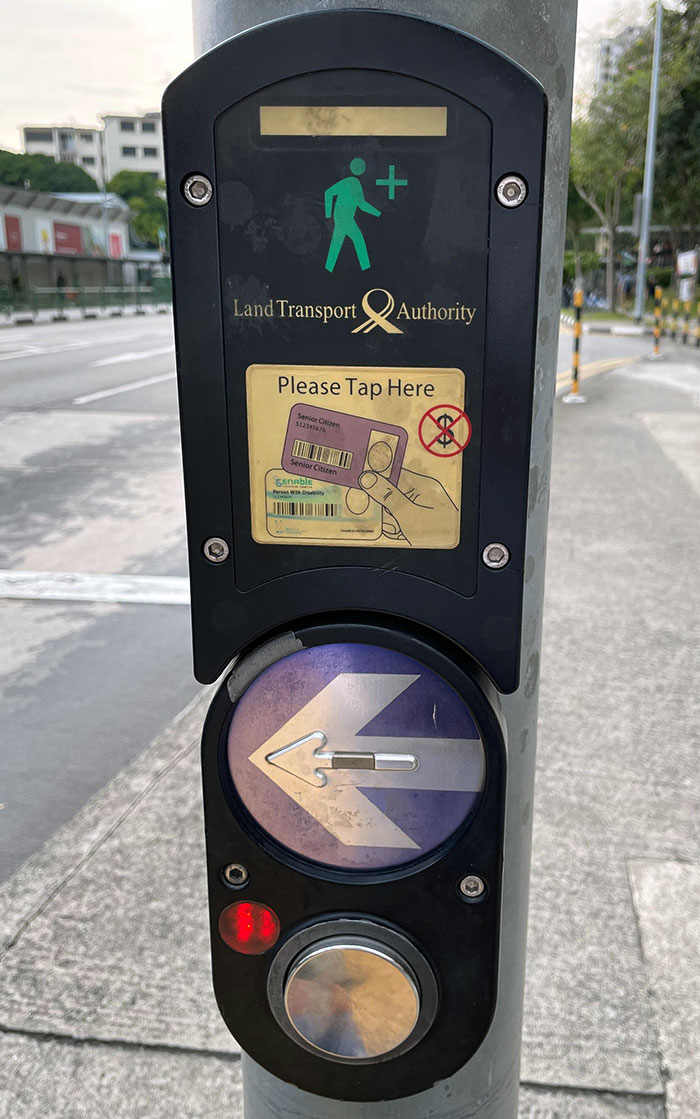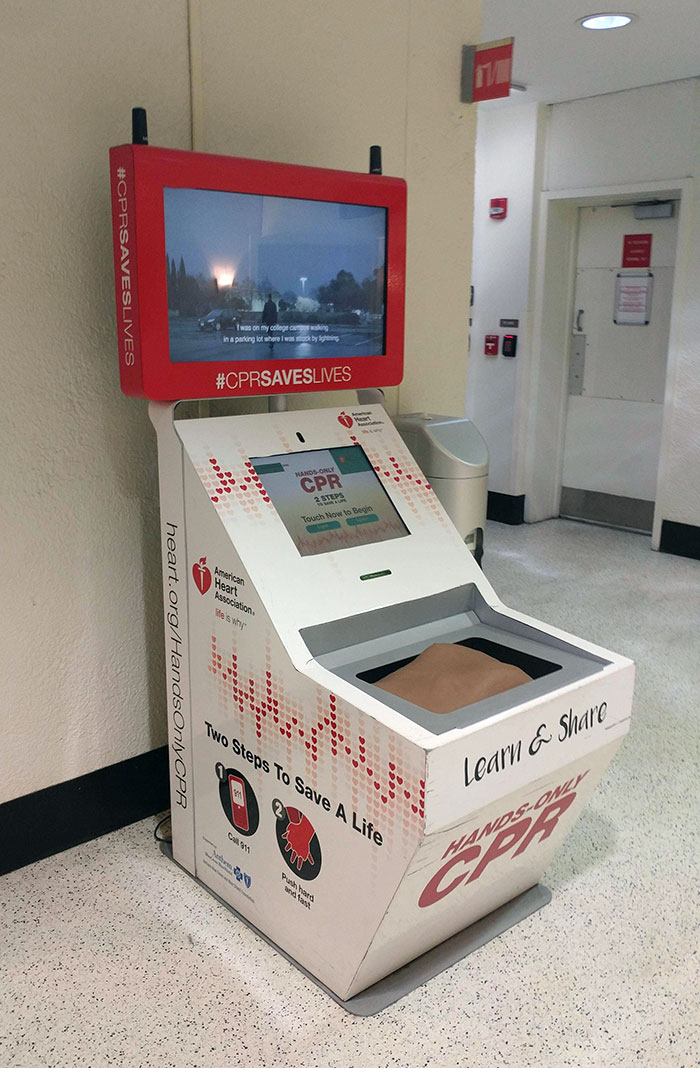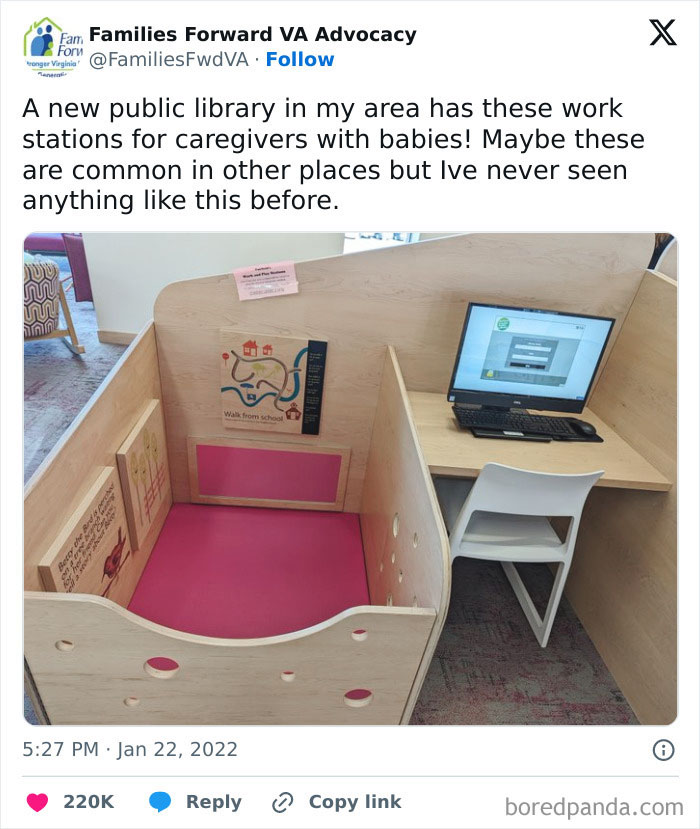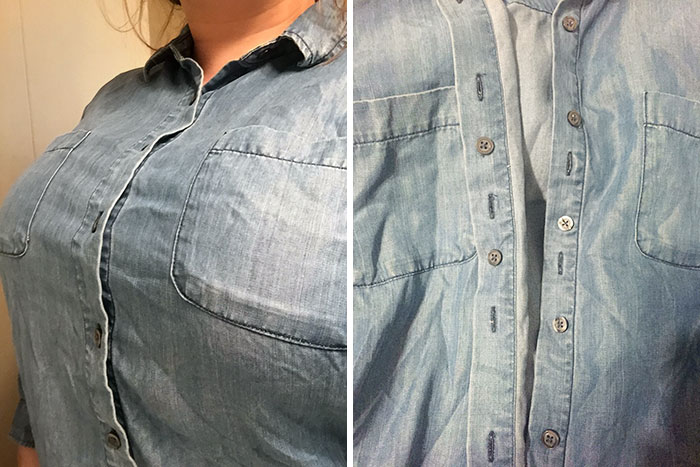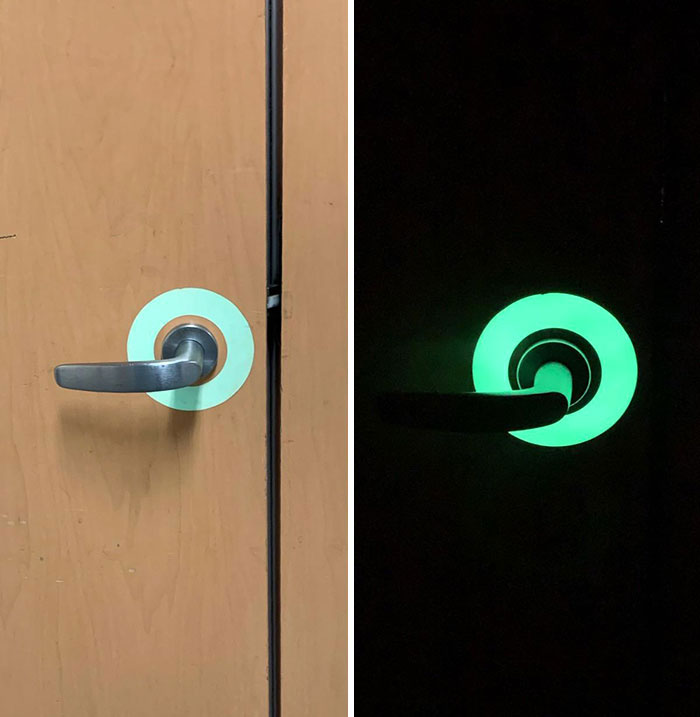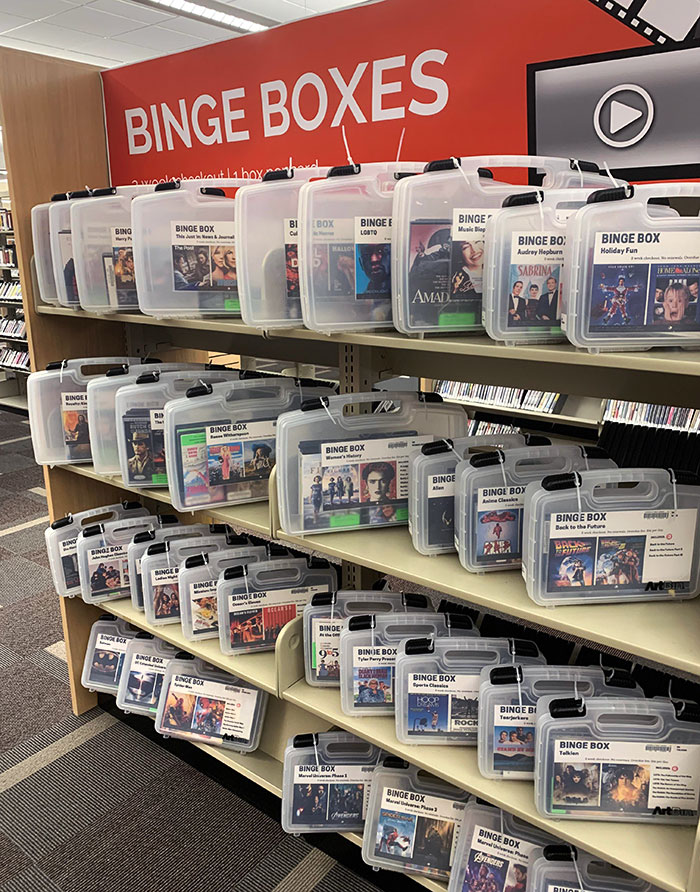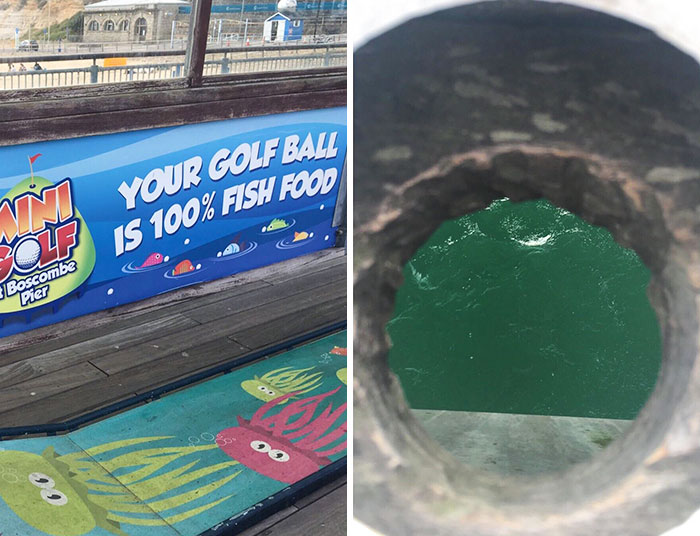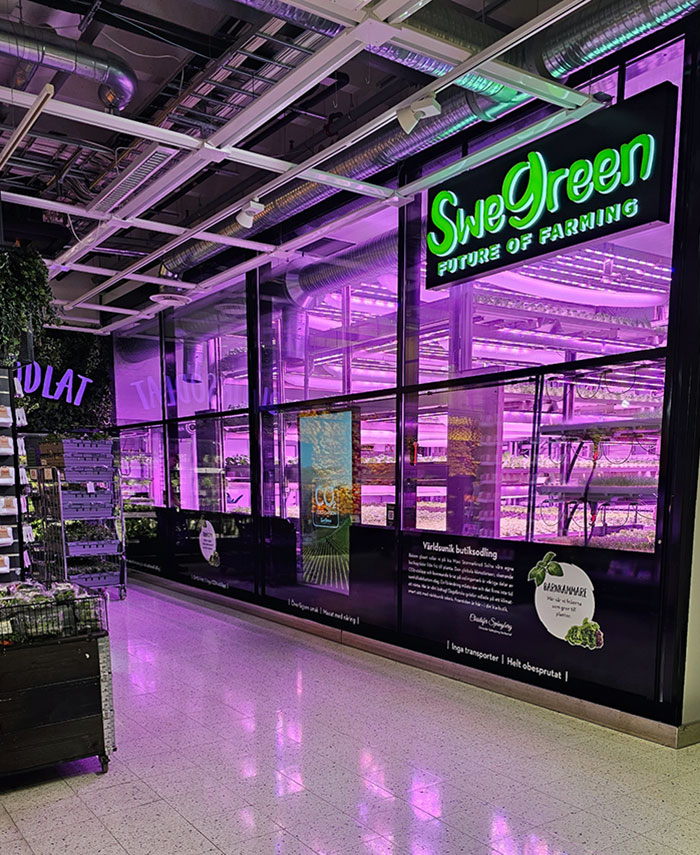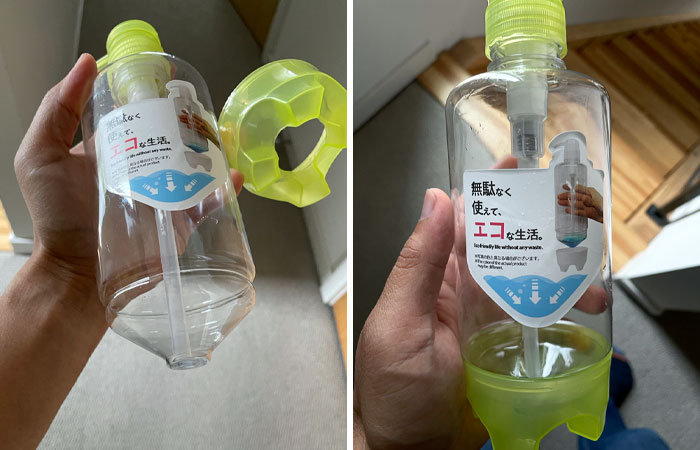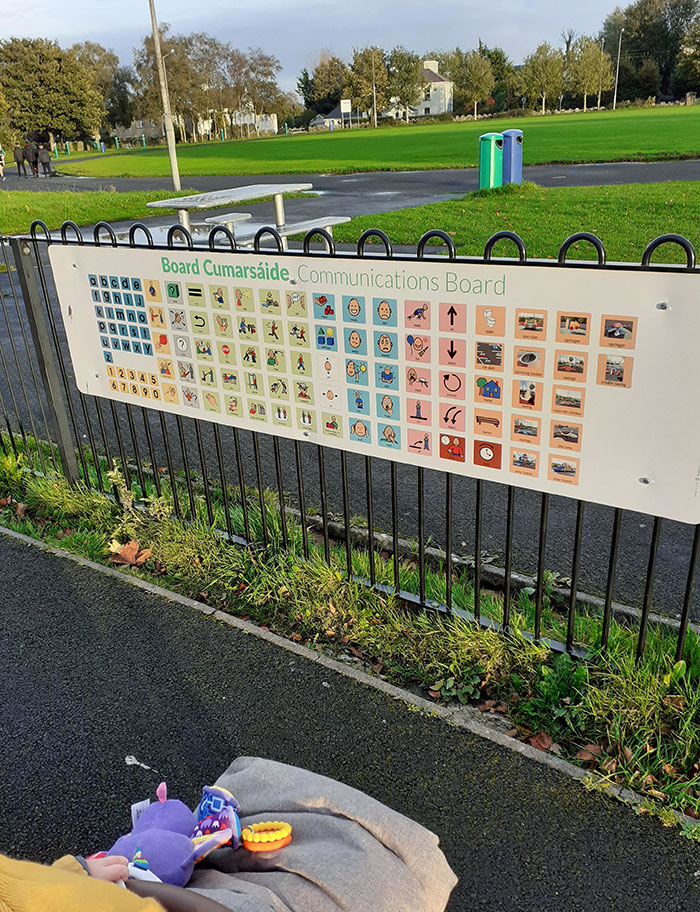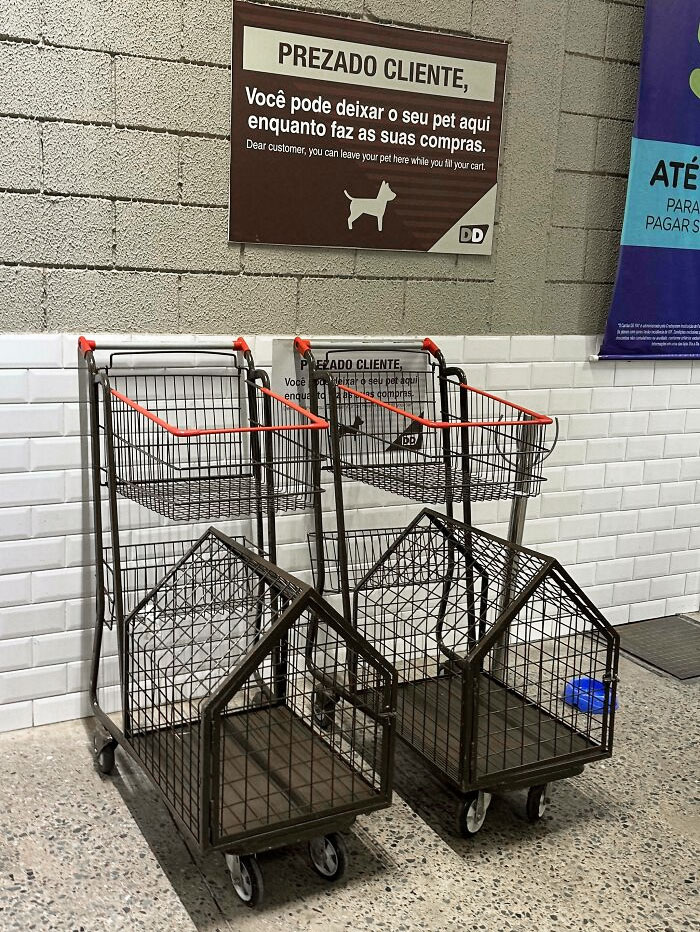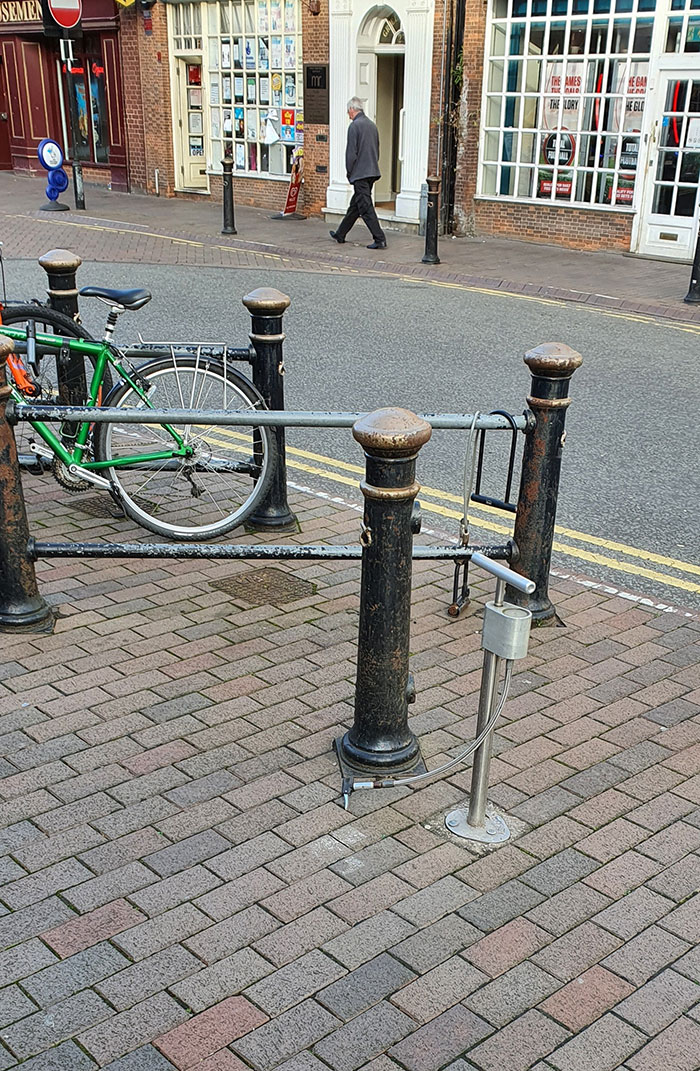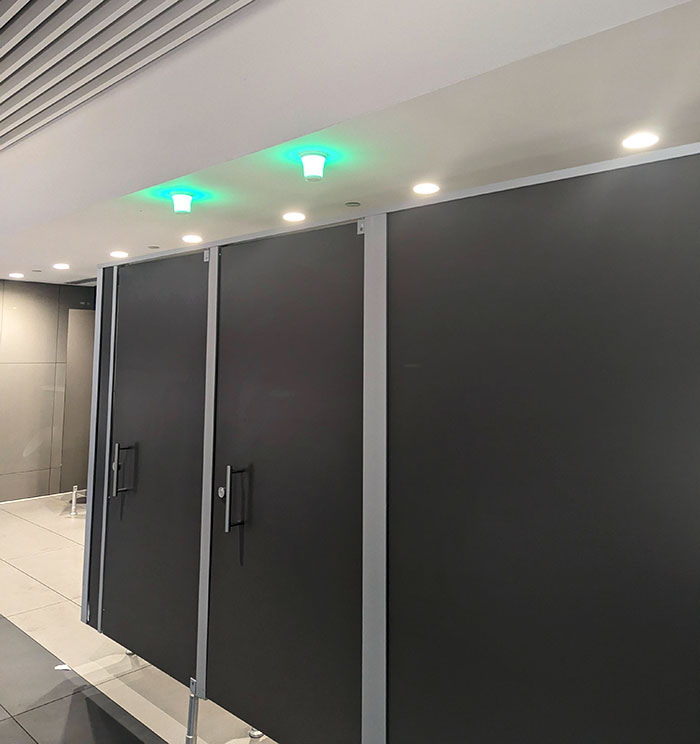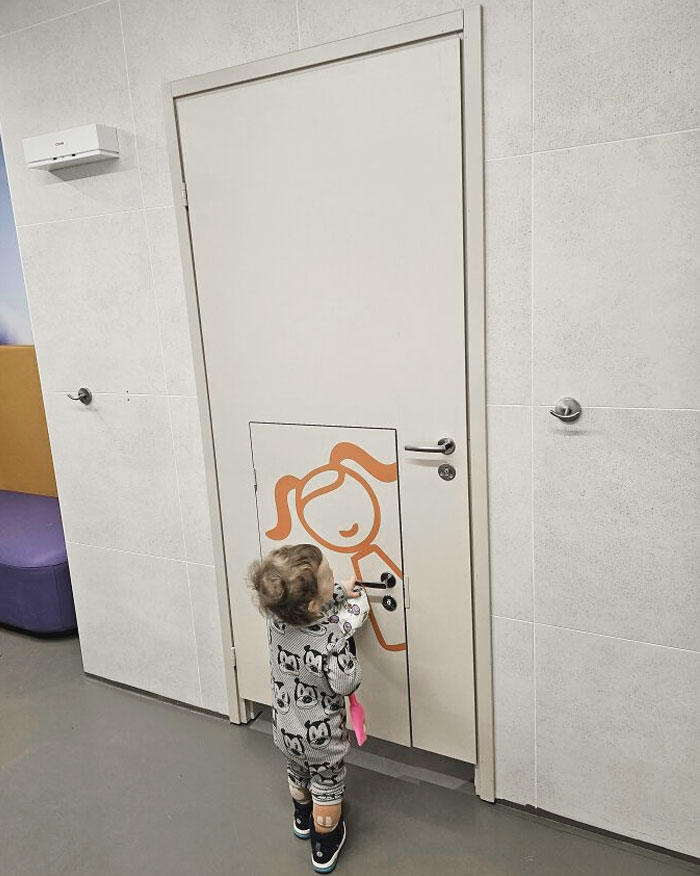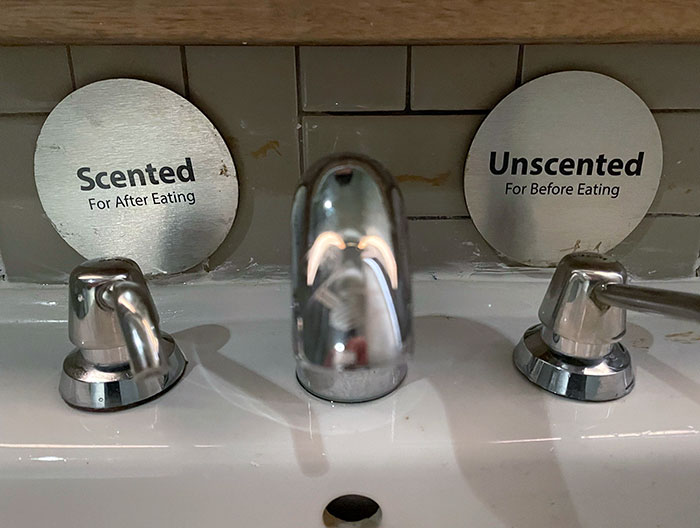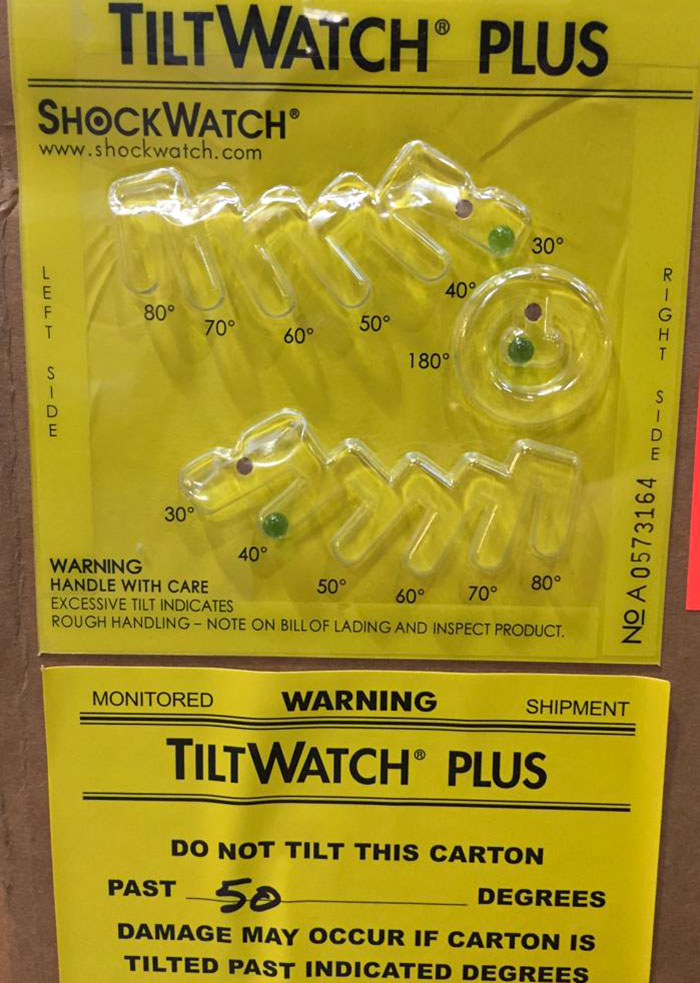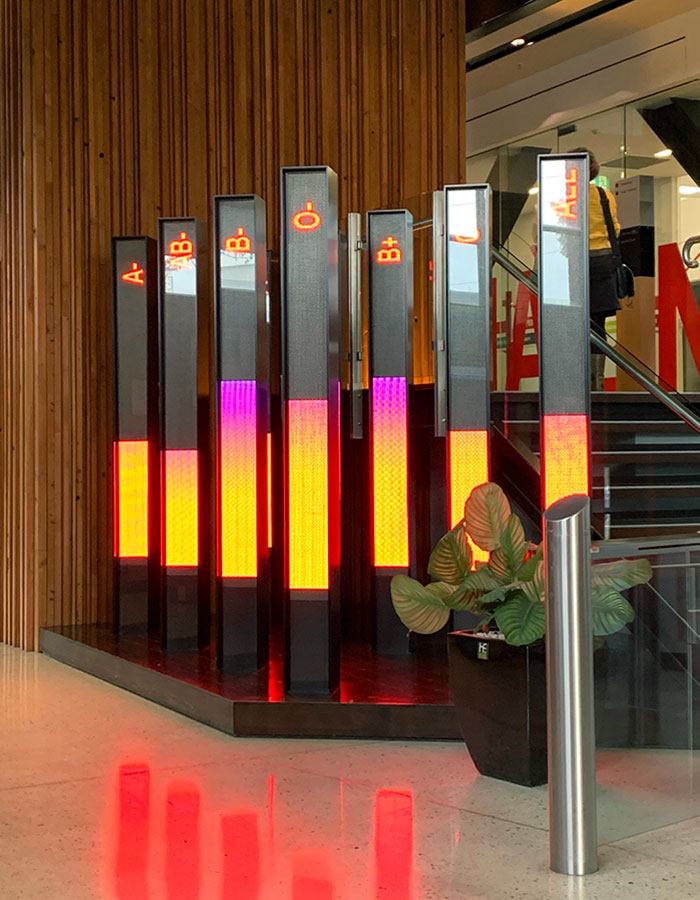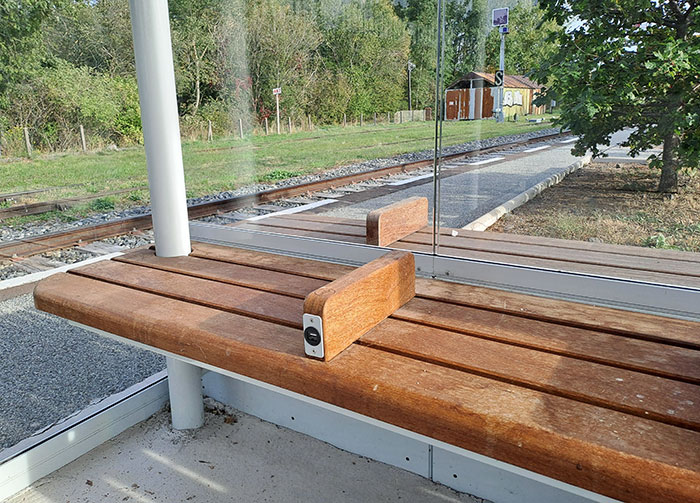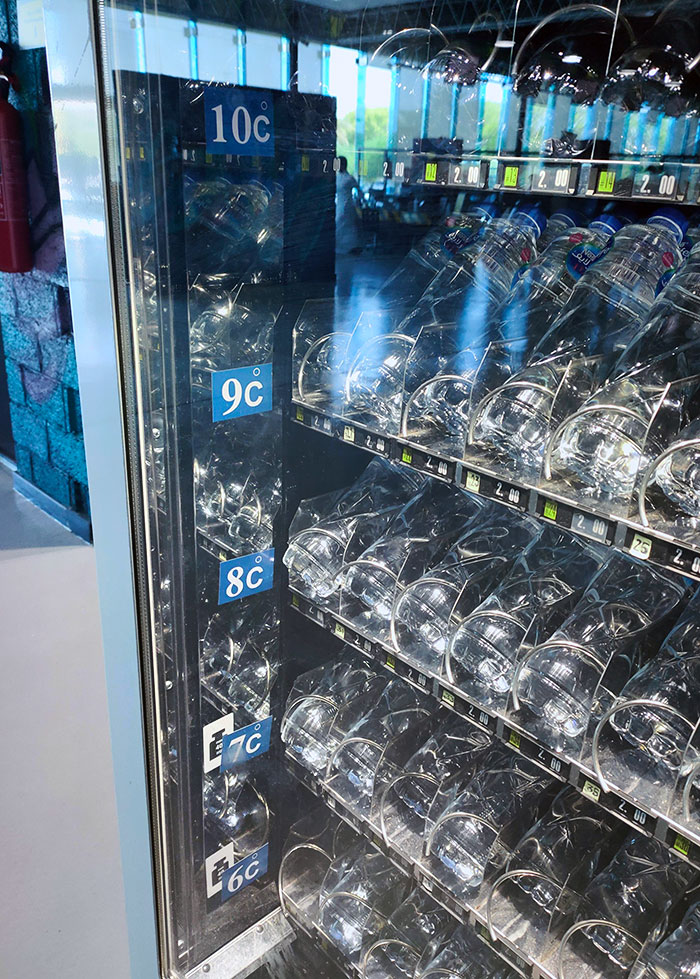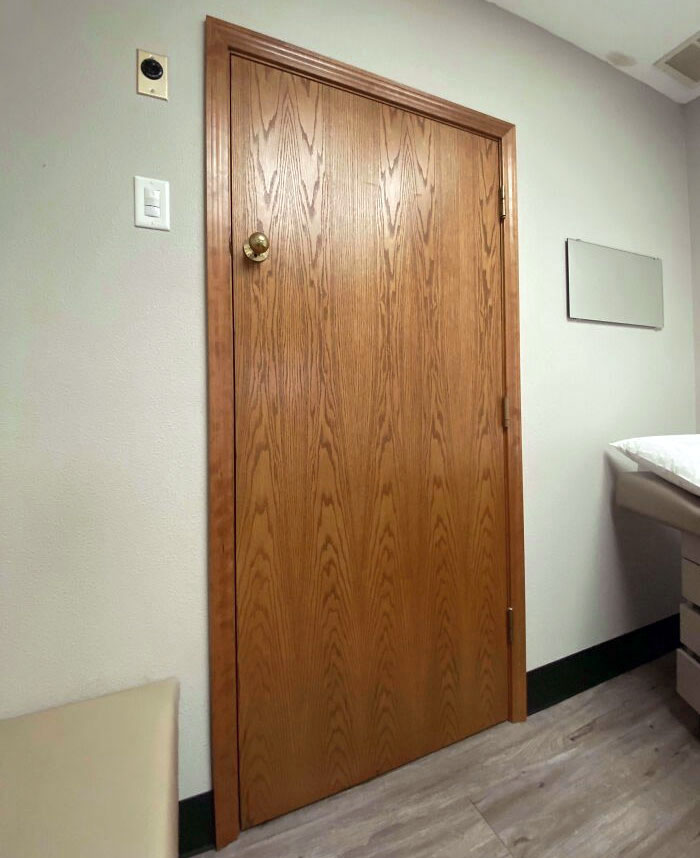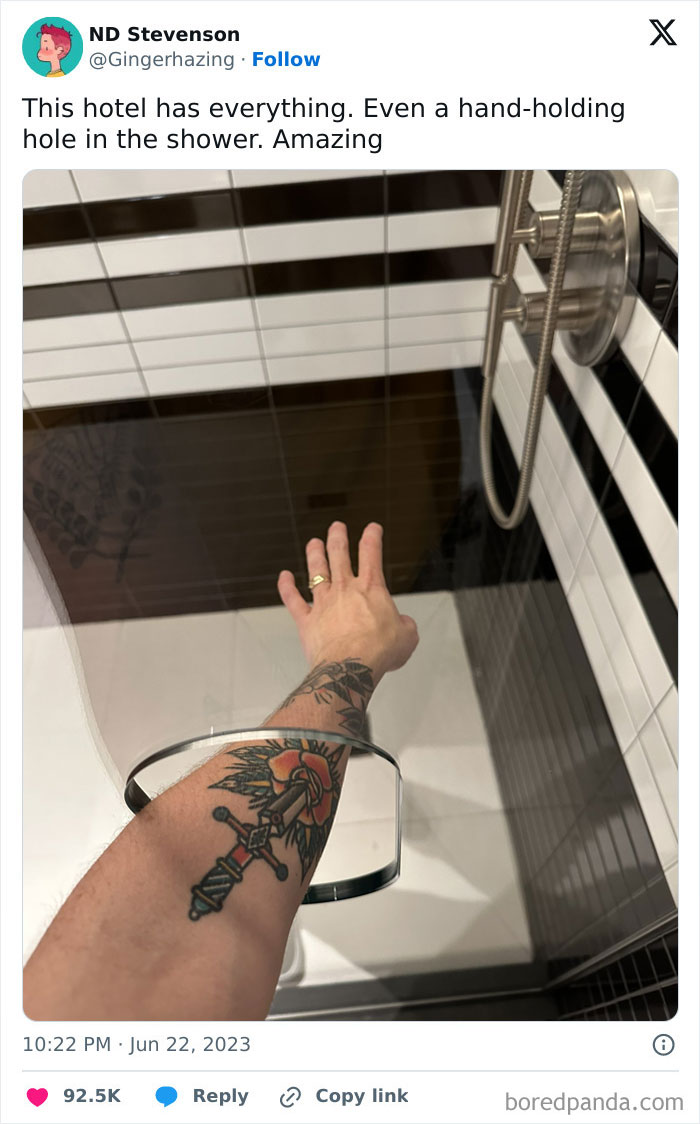Some designers embrace their creativity to the max and go the extra mile to make things better and more convenient for the people around them. Our team here at Bored Panda has gathered some of the most impressive examples of genius solutions to everyday problems to show you that we all deserve to live in a world full of quality design. We shouldn’t have to settle for less! Scroll down for a glimpse of what that looks like. We wanted to learn more about how product designers can figure out their customers’ current and future needs, so we got in touch with marketing psychology speaker Matt Johnson, Ph.D. He was kind enough to answer our questions in detail. Read on for our full interview. “Firstly, direct engagement with users is crucial. Conducting surveys, interviews, and usability tests can reveal insights into customers’ preferences, pain points, and behaviors. This approach allows designers to empathize with users, gaining a deeper understanding of their needs and desires,” Johnson told Bored Panda via email. He continued: “Lastly, collaboration with cross-functional teams, including marketers, engineers, and customer service representatives, can provide diverse perspectives and ensure that designs meet both customer needs and business goals.” According to Johnson, these strategies will allow designers to come up with solutions that will resonate with their customers on a deeper level. “While there’s no guarantee that a product will be successful once it reaches the market, these steps can ensure that the product has the best possible chance of success,” he said. “Additionally, fostering a culture of innovation within the organization is crucial. Encouraging employees to think creatively and explore new ideas can lead to innovative solutions that anticipate future needs. This can be facilitated through brainstorming sessions, hackathons, or by dedicating resources to research and development,” Johnson had some practical advice for company leaders to keep in mind. On top of that, the marketing psychology speaker suggested opting for a customer-centric focus to keep designs relevant and impactful. “Collaborating with customers and gathering feedback in a continuous loop can provide valuable insights into evolving needs and preferences.” This sort of approach is market-driven, where companies try to understand and anticipate the needs of their target market. However, this isn’t the only methodology, Johnson said. Another approach is being a market-driving force. “Here, the company doesn’t listen to what the customer wants, but rather, it TELLS them what they should want. Brands who take this approach are often found in the luxury market (especially luxury fashion), and in highly innovative companies such as Apple (especially with the iPhone).” For some more deep-dives into the world of marketing, feel free to read Johnson’s posts about the pitfalls of audience capture and the psychology of market-driven music on his blog. “While so many industries are focused on serving the needs of their target market, there’s also a significant risk of audience capture, whereby the preferences of the market shape the creators themselves—often profoundly,” he told us. Meanwhile, if you do a better design job than your competitors, then you’ve stood out from the crowd. Cue the endless accolades, profits, and applause! However, focusing on function or form alone can backfire. If you’re honing in on either aspect of design at the expense of the other, you’re putting yourself at a disadvantage. What you want to aim for is creating a holistic experience for your clients. On the other hand, if you go all-in on cool aesthetics, you also risk pushing your customers away and damaging your reputation. To put it bluntly, things need to do what they’re supposed to do. Yes, beauty has merit. But that’s why we create and buy art. Products lacking functionality should not masquerade as something more. It’s all fine and well that designers understand the importance of beauty. However, they should avoid putting their artistic vision on a pedestal. It’s far easier to market products and design solutions when they solve problems and look great. When it comes to innovation, however, things get tough. It is difficult enough to genuinely get to grips with what your target customers want and need right now. It’s even harder to anticipate how those wants and needs might change in the near future. It takes a lot of creativity, hard work, and empathy for product designers to accurately guess what the future might hold. A vital part of business and design is being aware of what your contemporaries are doing, as well as what market trends are in vogue. Sometimes, people aren’t even aware of how their lives can be improved. So you need to find ways of figuring out their deeper needs (e.g. saving time, being safer, having more convenience) and how you can meet them. From our perspective, true innovation is an act of profound empathy. It proves that the brilliant people behind the designs can get into the minds and hearts of others. We’d love to hear your thoughts on the topic, so if you have a moment, share them in the comments! Follow Bored Panda on Google News! Follow us on Flipboard.com/@boredpanda! Please use high-res photos without watermarks Ooops! Your image is too large, maximum file size is 8 MB.
